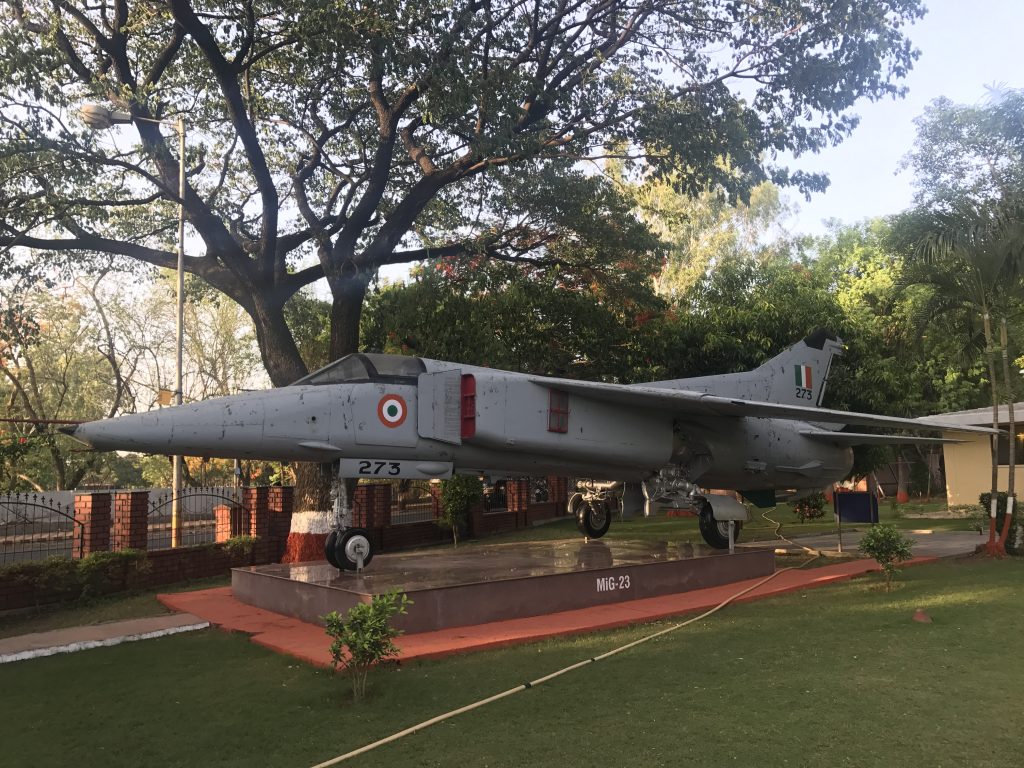Context:
Operation Meghdoot completed 40 years of its operation on April 13 in the Indian Army and Indian Air Force service with its sustained role in securing the Siachen glacier.
About Operation Meghdoot
- Indian Army launched ‘Operation Meghdoot’ on April 13, 1984 and seized control of the Siachen glacier, the highest battlefield in the world.
- It was the code name for the Indian Armed Forces’ operation to wrest control of the Siachen Glacier in Kashmir, precipitating the Siachen conflict.
- The operation pre-empted Pakistan’s impending Operation Ababeel (which was intended to achieve the same objective as Meghdoot) and was a success, resulting in Indian forces capturing the icy heights of Siachen Glacier in its entirety.
About Siachen Glacier
- Siachen, in the Balti language, means “land of roses — ‘Sia’ is a kind of rose species that grows in the region and ‘Chen’ means “in abundance”.
- It is known for being the world’s highest and coldest battlefield.
- It sits at a very strategic location with Pakistan on the left and China on the right.
Conflict:
- Siachen is a legacy of the Partition between India and Pakistan. While the Line of Control (LoC) was delineated and accepted by both sides up to NJ-9842 as part of the 1972 Shimla agreement, the glacier itself was left unmarked.
- India claims the area of Siachen Glacier based on the Jammu and Kashmir Accession Agreement of 1947 and the Karachi Agreement of 1949, which define the ceasefire line beyond NJ-9842 as running “Northwards to the glaciers”.
- Pakistan interprets it as ‘North-Eastwards’ to claim the area beyond the Saltoro Ridge and beyond Siachen as its own.
Geography of Siachen Glacier:
- The Siachen Glacier is 76 km. long and varies in width from 2 km to 8 km. One of the largest glaciers in the world, Siachen is popularly referred to as the “Third Pole.”
- The glacier originates from the pass called Indira Col in the west and runs in a southeasterly direction until its snout turns into the Nubra River near Dzingrulma. The Nubra River flows south to meet the Shyok River.
- The Siachen Glacier is flanked by the Karakoram Range to the east and by the Saltoro Range to the west the latter originating from Sia Kangri.
- The Major passes along the Saltoro ridge are Sia La, Bilafond La, also known as Saltoro Pass, Gyong La, and Yarma La.

Recent developments on the glacier
- The glacier bears the brunt of climate change. In 2015, the snout, which is the starting point of the glacier at the base camp, had receded by over a kilometre from where it originally was in 1984.
- The introduction of VSAT technology has revolutionised communication on the glacier, providing troops with data and internet connectivity.
- A very small aperture terminal (VSAT) is a small-sized earth station used in the transmission/receiving of data, voice and video signals over a satellite communication network, excluding broadcast television.
- This leap in technology has enhanced real-time situational awareness, telemedicine capabilities, and the well-being of our soldiers by keeping them connected with their families
- All-terrain vehicles (ATVs) and ATV bridges improve mobility across the glacier, and the induction of Chinook heavy-lift helicopters and logistic drones has significantly improved the supply of essential provisions to personnel deployed in posts that are cut off during winters.
- Telemedicine nodes established by the ISRO, state-of-the-art high altitude pulmonary oedema (HAPO) chambers, and oxygen generation plants besides life support systems.
Also Read:
EA Earth Action Predicts 220 Million Tonnes of Plastic Waste in 2024

